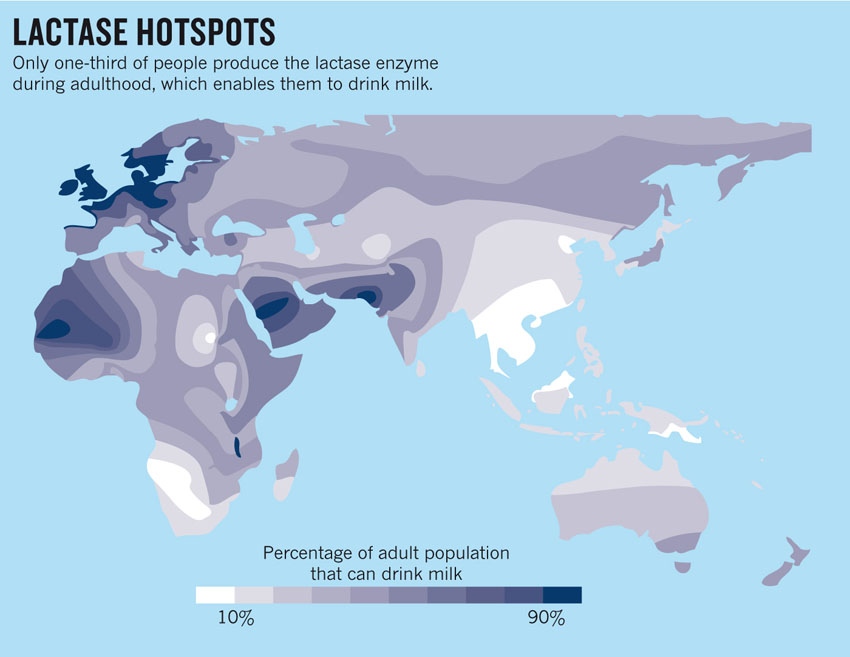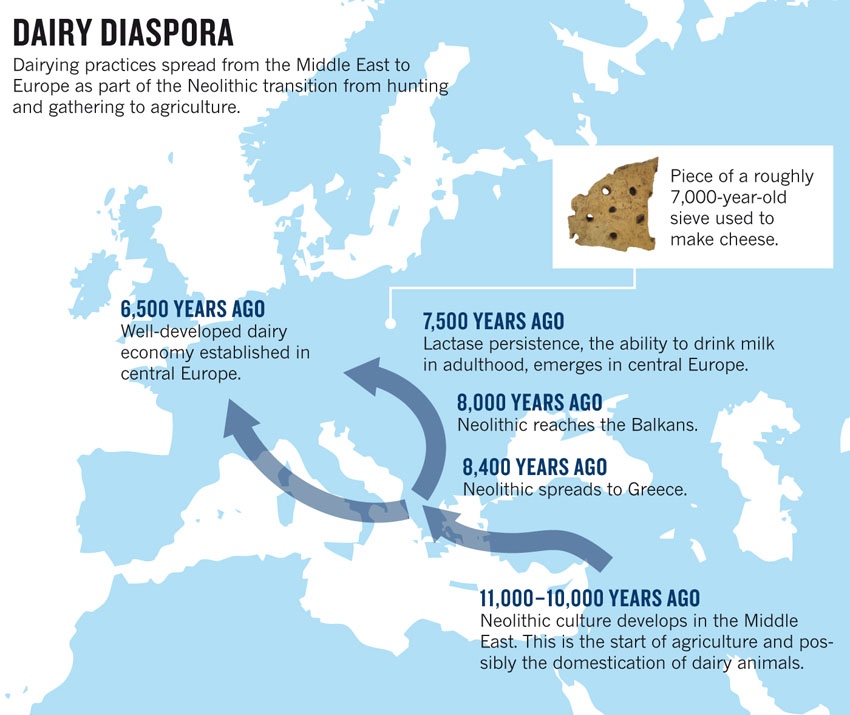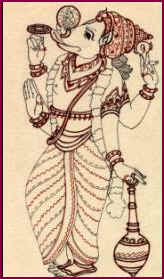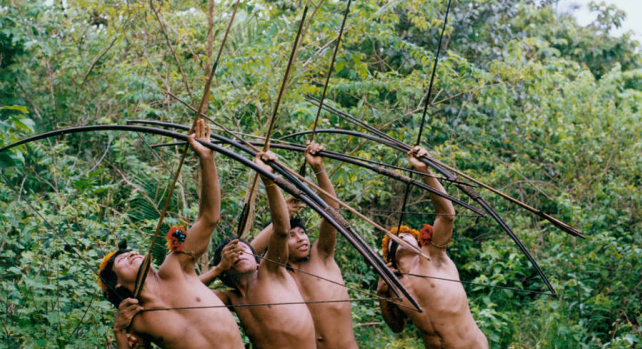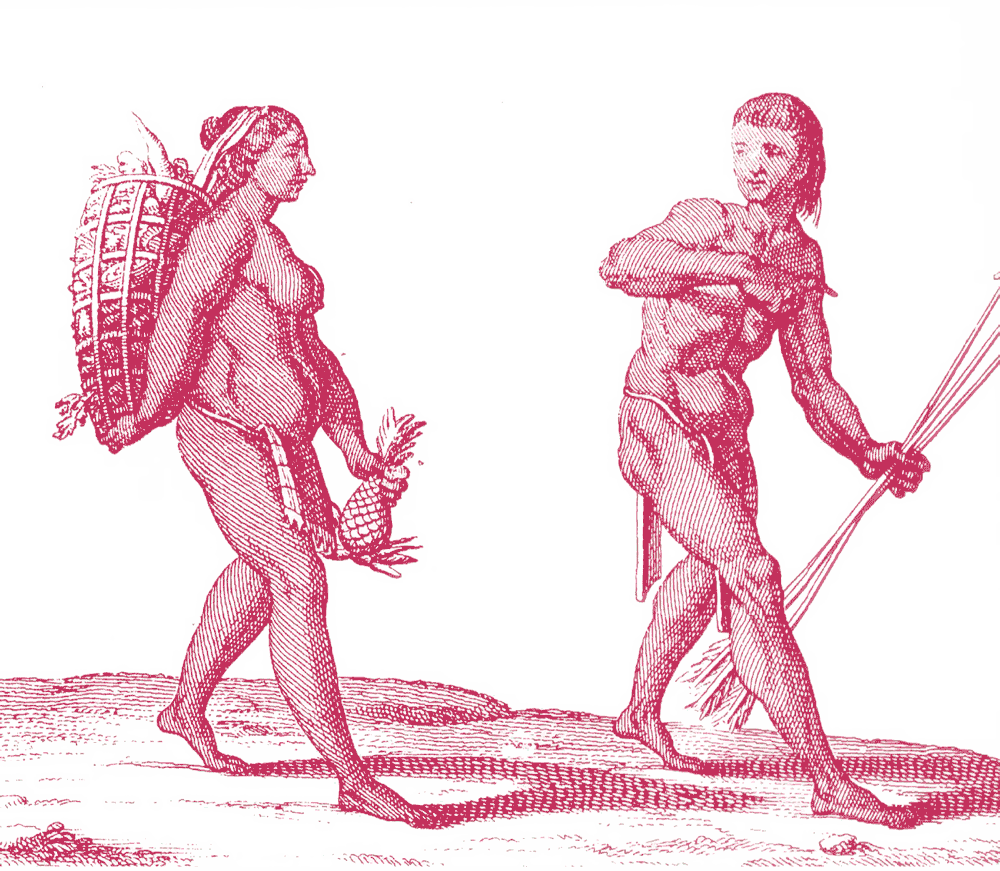Current event: http://en.m.wikipedia.org/wiki/Lactase_persistence
Past event: http://www.nature.com/news/archaeology-the-milk-revolution-1.13471
Past event: http://www.nature.com/news/archaeology-the-milk-revolution-1.13471
"Animal Secondary Revolution Effect On Lactose Intolerance"
Lactose intolerance varies a great deal among populations around the world. In adults 15% of white American and Northern Europeans, 47% in Mexican Americans, 60% in Black South Africans, 25% in China and Japan, 90% in Mestizos of Peru are lactose intolerant. Milk is widely available almost everywhere today but lactose intolerance today can be partially explained by the historical availability of availability of milk products among different populations in ancient times. People who can drink raw milk without getting sick are called lactose persistent.
Recently archaeologists discovered some early pottery in Poland which was used to make cheese. Straw was used to poke holes in the pottery to separate fatty milk solids from the liquid whey. They couldn't drink milk because they were lactose intolerant, instead they ate cheese. 7000 years ago they started being lactose persistent which gave people with access to milk an evolutionary advantage. That adaptation opened up a new source of nutrition that could have sustained communities when harvests failed. If there's milk widely available for several hundred generation then gradually all the people around the continent will become lactose persistent. So in the past lactose persistent evolved along with a ready supply of milk.
The ability to digest lactose into adulthood would have been useful to humans after the invention of animal husbandry and the domestication of animal species that could provide a consistent source of milk. Hunter and gatherer populations before the agrarian era were almost all lactose intolerant as are modern hunter-gathers. Romans recorded that people from Northern Europe were lactose persistent, while the people from Southern Europe were lactose intolerant. This is still true today. In east Asia people were farmers and didn't domesticate cows for milk whereas in Mongolia they were pastoralist and so they became lactose persistent. In the border of china near Mongolia people are lactose persistent.
Citations:
- http://www.nature.com/news/archaeology-the-milk-revolution-1.13471
- http://online.wsj.com/news/articles/SB10001424127887324481204578175372509354246
Current Event Article:
Lactase Persistent
Wikepedia
Link: http://en.wikipedia.org/wiki/Lactase_persistence
Ancient Article:
Archeology: The Milk Revolution
- July 31, 2013-
By: Andrew Curry
Link:http://www.nature.com/news/archaeology-the-milk-revolution-1.13471
